The period from the mid-8th century to the mid-11th century is called the “Viking Age”. They were a people of Scandinavian origin, whose harsh representatives lived in what is now Norway, Sweden and Denmark. They were mainly engaged in navigation, trade and fishing. But to modern people they are best known for their armed attacks on the British Isles, as well as the territories of Ireland and France. During their raids, the Vikings plundered villages and cities – they stole not only money and jewelry, but also people for enslavement. Even though the Vikings were well advanced in the fields of shipbuilding and even dentistry, they did not have a passport system like we do. The Vikings communicated their belonging to the highest strata of society and unusual professions in other unusual ways.
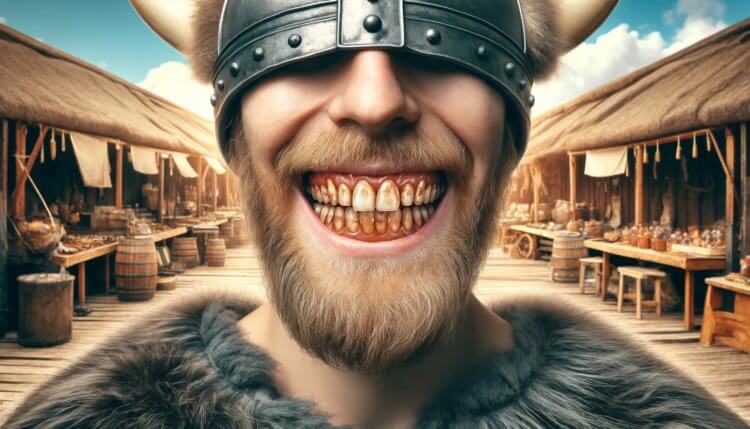
Traders in Viking times could be identified by their teeth
Changing the shape of the Viking skull
Science Alert recently shared evidence that the Vikings communicated their status through body modifications. In ancient times, tattooing and scarring, as well as piercings and reshaping of body parts played a large role in society. For example, in ancient Japan, people changed the shape of their children's skulls to emphasize their high social status.
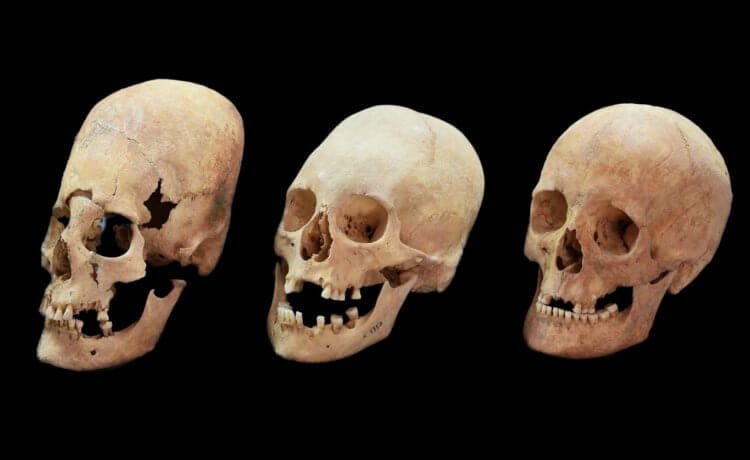
In ancient times, deformation of the skull was common. Image source: scientificrussia.ru
Judging by archaeological finds, the Vikings also engaged in deformation of skulls. In the Baltic Sea there is the island of Gotland, which today belongs to Sweden. There, archaeologists found the remains of three women whose skulls were artificially lengthened. In the graves of two of them, scientists found expensive jewelry and fragments of clothing no less valuable in ancient times. Based on this, the researchers came to the conclusion that the Vikings also emphasized their status by lengthening the shape of their heads.
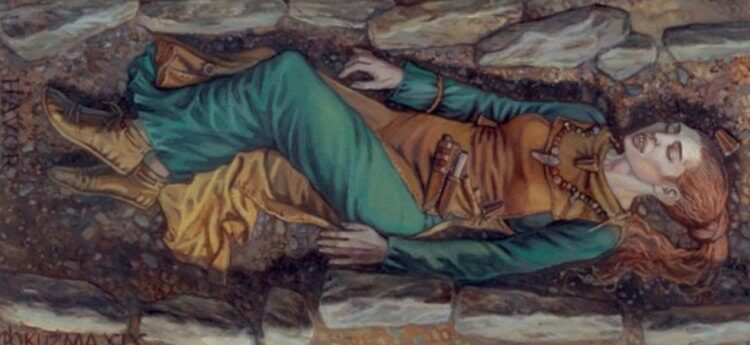
Illustration of a woman's grave with an elongated skull. Image source: sciencealert.com
All three women were born in different places, so their skulls may have been modified by other cultures. But there was clearly some kind of connection between them, because they lived at the same time, and the same technology was used to deform the head.
Read also:Who really did the “horned” Viking helmets belong to?
What were the Viking teeth
The Vikings also used grooves on their teeth to emphasize their status. Most often, horizontal lines on the incisors are found in men, between whom there is also a close connection.
In one study, archaeologists examined the remains of 130 Vikings whose teeth had clearly defined marks. All these bodies were discovered in places where trade was active, so scientists assumed that only professional merchants had lines on their teeth.
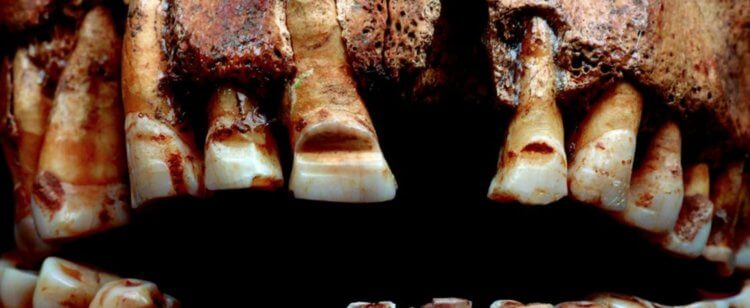
Viking skull with marks on its teeth. Photo source: sciencealert.com
Many adult males with teeth marks were buried face down. This hints that they were not local, but still belonged to the Scandinavian family. If they traveled a lot, this only emphasizes their belonging to trade.
Another interesting discovery:A Viking sword and an ancient burial in the courtyard of a residential building were discovered in Norway
Cultural traditions of the Vikings
It is logical to assume that grooves on the teeth were made only in adulthood. This is because in childhood the boys could not know exactly who they would become in the future – warriors or merchants. Those who ultimately devoted their lives to trading had a mark on their teeth that was visible to everyone during communication. This clearly helped traders recognize each other in the crowd.
As for women with deformed skulls, everything is much more complicated and requires further study. There is no doubt that the shape of their heads was changed from early childhood – this approach was used in many other cultures, because bones are pliable only in childhood. Scientists still cannot understand who exactly the three girls found on the island of Gotland were.
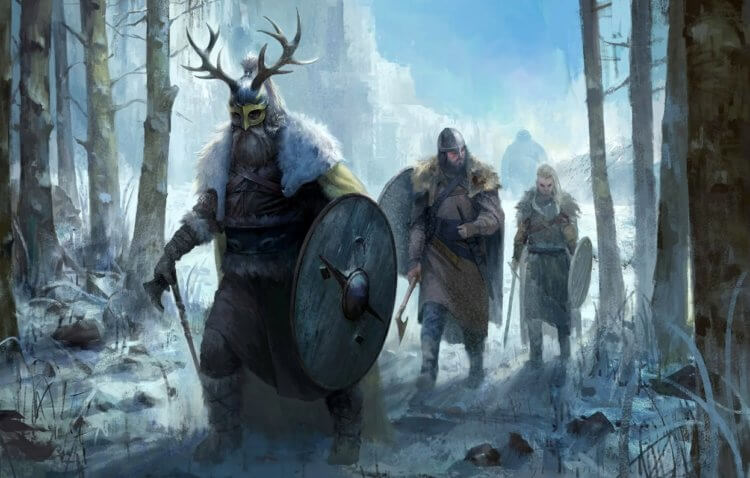
Scientists are still studying the Vikings and learning a lot. Source of illustration: laconlife.ru
Surprisingly, the Vikings were skilled at treating teeth. Of course, modern dentistry and ancient Scandinavian dentistry are like heaven and earth, but the archaeological finds are impressive. At the beginning of 2024, the results of a scientific work became known, during which scientists studied 3293 teeth that belonged to 170 people who lived in Sweden during the Viking times.
Be sure to subscribe to our Zen and Telegram channels. This way you won't miss any important scientific discovery!
Almost all Vikings had problems with their teeth, especially caries. But they did not let the disease take its course, but tried to cure them in every way available at that time. In some teeth, scientists found deep holes that were filled with an unknown mixture to reduce pain. If you want to learn more about this discovery, read our article “How the Vikings treated their teeth – they seem to have developed dentistry.”